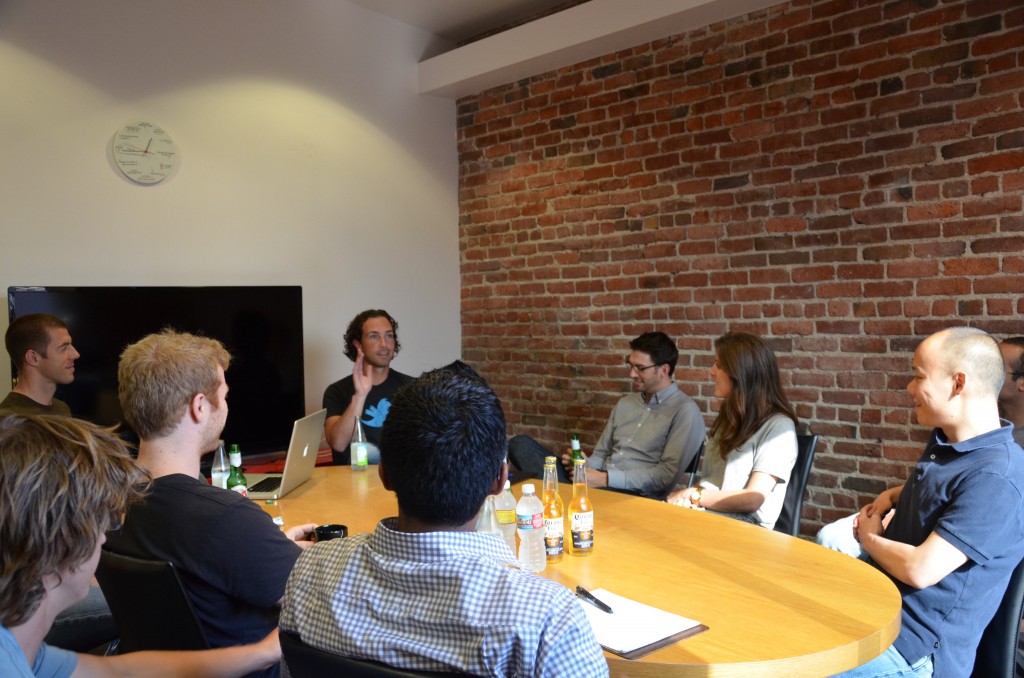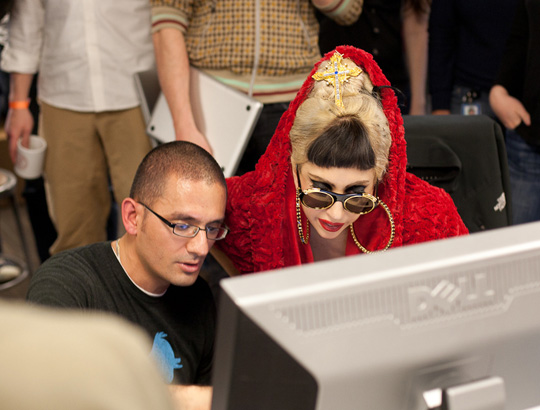Twitter’s VP of Engineering on engineering management
Rock Health Advisor Mike Abbott, VP of Engineering at Twitter, joined us for a round table to field questions on how to effectively coordinate a team of engineers. He discussed how Twitter tackles scaling, structuring leadership, and hiring top notch talent (hint: visitors like Lady Gaga and Snoop Dog).
Read on to learn more about methods he utilizes to manage 400 engineers. You might be surprised on what Mike spends 50% of his time on…
People matter.
What is the one thing that determines whether a company, big or small, will overcome the problems and build a great product? The people. Through Mike’s experiences in both startups and larger organizations, he found that the team is what really matters. To this end, he directs a great deal of efforts towards recruitment.
As an angel investor, he relies on the the same principal and looks for a trustworthy group that conveys an ability to hire the right people. Mostly, this comes down to experience and charisma.
Managing growth
In a short time, Twitter went from 80 to 400 engineers. When you experience that exponential growth, how do you group teams and promote the right leaders? At twitter, they flatten the leadership hierarchy and let natural leaders emerge. The other key is again preventative: hire smart, agile engineers who can understand the product and where its going.
Bringing in new recruits and closing them
Two types of companies have the advantage in this competitive market. First, big name companies (Facebook, Google, Twitter) attract talent with perks, job security, high salaries, and famous office guests.
On the other hand, a freshly formed startup with potential for growth draws in recruits through big stakes of equity, and the ability to shape an organization. If you’re a startup looking to hire, play up your strong points and bring on new talent as part of the founding team.
Engineers are the best recruiters of engineers. Not only are developers more likely to have a rich network of technical friends and past colleagues, but developers better understand the fit and skillset. Another tip from Mike: hire generalists in the early days and move towards hiring specialists as the problems and userbase grow .
Closing the deal is just as difficult as finding talent. Mike said he spends around 50% of his time recruiting and closing engineers. His method is not to offer higher salaries or signing bonuses, but instead trying to understand the individual’s needs and priorities. Through getting to know recruits, he often finds that the hesitation comes from commute issues or family obligations.
This gives the recruiter an upper-hand in tailoring the offer. At Twitter, they provide resources like a shuttle system and satellite offices. A more reasonable solution for a startup might be allowing people to work remotely a few days a week.
Bringing in the new gal (or guy)
So what happens when you bring on the new person who is more skilled or specialized than a current employee? The new folks should respect the amount of work that has been put in by the veterans… And in the same respect, veterans need to be open to change. And if they’re not, they might not be the right people for a growing company that needs to constantly adapt.

